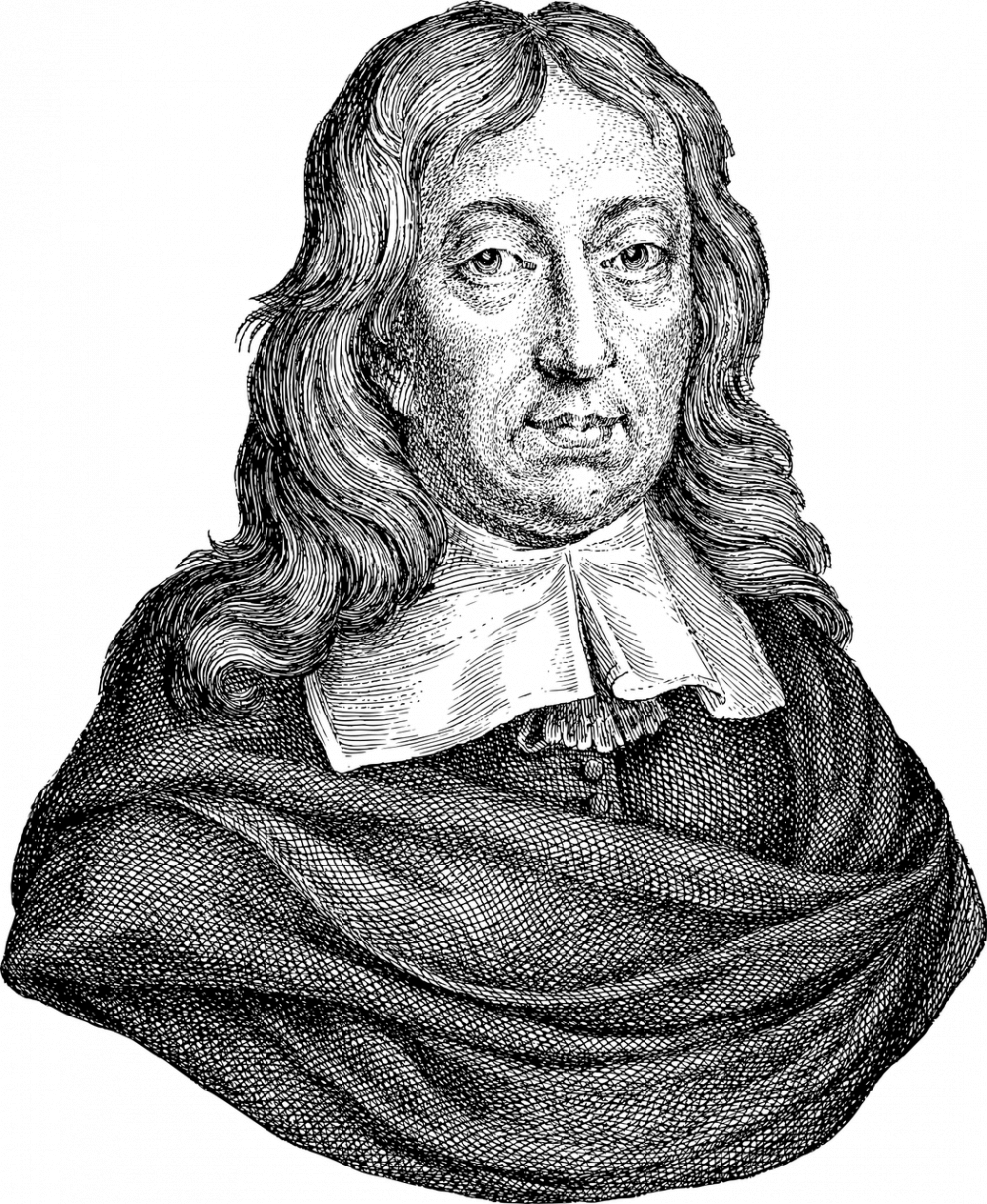The Raven by Edgar Allan Poe: A Masterpiece in Gothic Literature

Introduction:
“The Raven” by Edgar Allan Poe is one of the most famous and enduring works of American literature. First published in 1845, this poem has captivated readers for generations with its eerie atmosphere, compelling narrative, and haunting refrain. In this article, we will explore the significance of “The Raven” and its historical development, shedding light on why it continues to resonate with audiences today.
I. Understanding “The Raven”:

“The Raven” is a narrative poem that tells the tale of a grieving narrator who is visited by a mysterious raven. The poem is divided into eighteen stanzas, each with six lines, and employs a trochaic octameter meter, which adds to its musical and rhythmic quality. The central theme of the poem revolves around the narrator’s descent into madness and his obsession with the loss of his beloved Lenore.
The key elements that make “The Raven” a standout work of literature are its evocative language, vivid imagery, and the use of symbolism. Poe’s mastery of language allows him to create an eerie and haunting atmosphere, drawing readers into the narrator’s intense emotional state. Each carefully chosen word contributes to the overall effect, amplifying the sense of dread and despair that permeates the poem.
II. Historical Development:
“The Raven” received instant acclaim upon its publication in 1845 and helped establish Poe as a prominent literary figure. Its popularity continued to grow, reaching a wider audience through various publications and recitations. The poem’s universal themes of grief, loss, and the inevitability of death struck a chord with readers of all backgrounds, making it a timeless piece of literature.
Over time, “The Raven” has inspired countless adaptations and interpretations within popular culture. It has been referenced in literature, music, film, and even sports. Its dark and brooding atmosphere, coupled with the unforgettable image of the raven, has made it an enduring symbol of gothic literature. This cultural impact has further solidified its status as a masterpiece.
III. The Influence of “The Raven”:
“The Raven” has served as a source of inspiration for many subsequent writers and poets. Its shadow looms large over the genre of gothic literature, with its influence apparent in the works of authors such as H.P. Lovecraft and Stephen King. The poem’s use of symbolism, psychological exploration, and macabre imagery has become a touchstone for writers seeking to evoke a sense of unease and foreboding.
The eerie refrain of “nevermore,” uttered by the raven throughout the poem, has entered popular lexicon and become synonymous with doom and despair. This recurring motif has resonated with readers, allowing them to connect with the narrator’s anguish and existential dread. The raven itself has become an enduring symbol of death and the supernatural, adding to the poem’s enduring legacy.
Conclusion:
“The Raven” by Edgar Allan Poe continues to captivate readers with its chilling narrative and atmospheric depiction of grief and madness. Through its evocative language, vivid imagery, and symbolic depth, Poe masterfully crafts a piece of literature that transcends time and genre. Whether you are a seasoned literature enthusiast or new to the world of poetry, “The Raven” remains a must-read for its enduring artistry and its exploration of the darker aspects of the human psyche.
References:
– Poe, Edgar Allan. “The Raven.” 1845.
– Lovecraft, H.P. “The Call of Cthulhu.” 1928.
– King, Stephen. “The Shining.” 1977.
FAQ
How has The Raven influenced other writers?
What is the central theme of The Raven?
Why is The Raven considered a masterpiece?
Flere Nyheder
Erhvervsfotografering Aalborg: En guide til professionel visuel kommunikation
Introduction: “The Raven” by Edgar Allan Poe is one of the most famous and enduring works of American literature. First published in 1845, this poem has captivated readers for generations with its eerie atmosphere, compelling narrative, a...
02 maj 2025
Kunst og Kultur i Hjertet af Danmark: Galleri Nordjylland
Introduction: “The Raven” by Edgar Allan Poe is one of the most famous and enduring works of American literature. First published in 1845, this poem has captivated readers for generations with its eerie atmosphere, compelling narrative, a...
13 oktober 2024
Erhvervsfotografens rolle i moderne virksomhedskommunikation
Introduction: “The Raven” by Edgar Allan Poe is one of the most famous and enduring works of American literature. First published in 1845, this poem has captivated readers for generations with its eerie atmosphere, compelling narrative, a...
13 februar 2024











